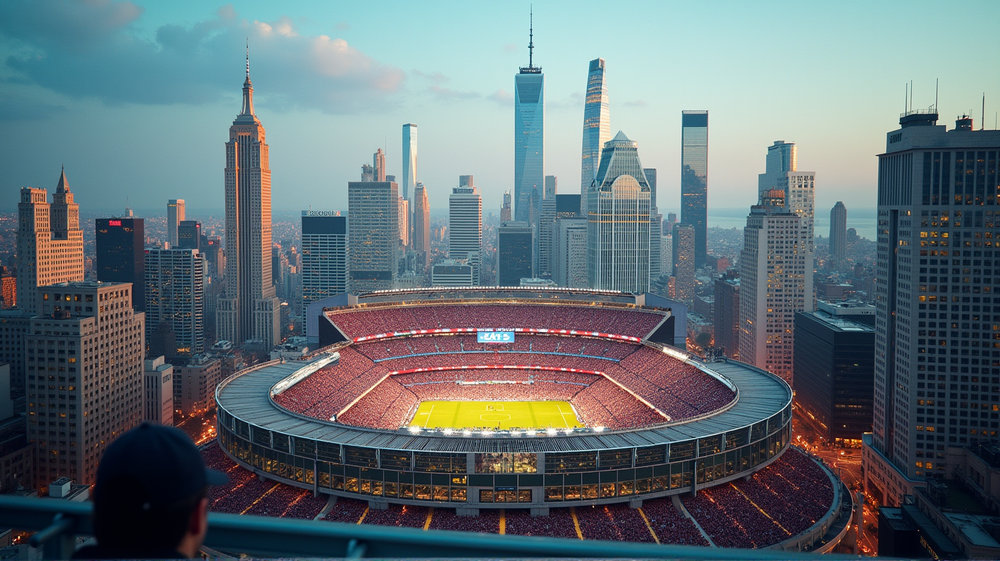As excitement builds for the upcoming FIFA World Cup, New York City finds itself at the crossroads of anticipation and economic skepticism. With Met Life Stadium set to host eight matches in June, including one of the world’s most-watched sporting events, local hotels have seized the opportunity with room rates skyrocketing in response.
Price Surge: A Boon or a Burden?
A quick glance at current hotel bookings reveals room rates have climbed drastically. For those hoping for a cozy weekend stay at the Marriott Marquis in Times Square during the World Cup, they’ll find prices jumping from \(491 to \)651 a night. It’s a reminder of the financial dance between expectation and reality, as hiked prices might deter more budget-savvy tourists from engaging in the Big Apple’s offerings.
However, this surge coincides with a claim by FIFA of a potential $3 billion economic boost to the region. Yet, sports economists have sounded a note of caution. Citing previous events like the Olympic Games, they point out that initial projections often fail to align with real-world outcomes. Tourist hubs like Miami spotlight similar trends where grand promises met reality checks.
Economists Weigh In
Andrew Zimbalist, a seasoned sports economist, draws parallels with past events, such as the Super Bowl, noting how hotel prices have historically declined as main events approach. His tales of securing last-minute deals reflect a familiar pattern, one feared to repeat if visitor interest doesn’t match current expectations.
Adding further insight is Victor Matheson of Holy Cross University. He argues that local attendance might outstrip international turnouts, thereby reducing potential economic gains. Even the allure of $620 seats in MetLife’s lower bowl might not bridge the gap between FIFA’s financial promises and realistic tourist expenditure.
The Bigger Economic Picture
Costar’s hotel analytics foretell a double-digit surge in accommodation rates, contrasted with the modest 2.5% uptick seen during off-peak months this year. However, reminiscent of Paris’ Olympic experience, these escalated costs might translate into meager net economic returns.
Despite these concerns, the city’s administration remains hopeful. They contend that New York’s innate charm and stature as a tourism mecca position it well to handle the influx without discouraging regular tourists. But as historical data and economists warn, the balance between spectacle and sustainability remains fragile.
Conclusion: A Collective Holding of Breath
As the city braces for the World Cup, stakeholders find themselves ruminating over the fine line between allure and illusion. With both swords hanging over the event’s impact, New Yorkers—and indeed the world—wait, collectively holding their breath, for what June brings.
As stated in THE CITY - NYC News, those expecting to strike gold should tread carefully, lest anticipation fizzle into economic mirage.












